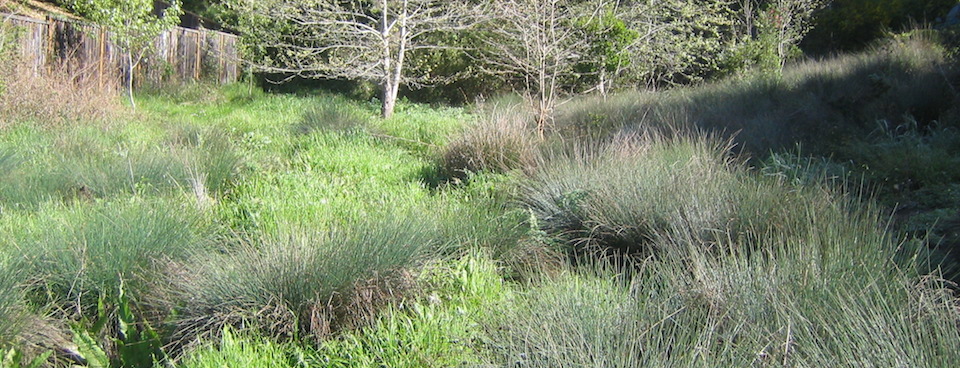Vegetation Management
Invasive Weed Control
Biological diversity is being threatened by the invasion of non-native (“exotic”) plants. An exotic plant is simply a species that has been introduced into an environment different from that in which it evolved. While not all exotics are a problem, some are invasive; these are capable of displacing other species, thereby leading to their demise. Having left behind the predators and competitors that kept them in balance with other species at home, invasive exotics can proliferate, covering our beaches, meadows, and forest floors, quietly eroding the underpinnings of our native ecosystems by hastening the extinction of one species after another.
Control Techniques
ECI’s project managers try to use two main methods for removal and control of invasive species, mechanical and chemical. Mechanical methods involve removal of biomass and grubbing of roots with hand pulling, weed wrenches, and other tools. Chemical methods involve several varieties of herbicide treatment. For woody species we use a cut and paint method. This method involves cutting the plant close to the soil surface and immediately after cutting the herbicide is applied with a paint brush or with a plastic squeeze bottle. Delaying application results in poor control. Then there is masticate and spray method of herbicide treatment using a weed whip to break the waxy cuticle of the plants and immediately applying an approved herbicide.
There are many other methods for removal of invasive species depending on a variety of factors. ECI management continually trains staff for responsible and successful herbicide treatments. Some of the main invasive species we eradicate are: Brooms, Pampas Grass, Cape Ivy, English Ivy, Ice Plant, Periwinkle (Vinca), Eucalyptus, Acacia, and Himalayan Berry.
ECI’s Qualified Applicators License, QAL 118387
Invasive Weed Control Research
-
Stinkwort is rapidly expanding its range in California by Rachel Brownsey, Guy B. Kyser and Joseph M. DiTomaso
-
The Weed Workers’ Handbook, A Guide to Techniques for Removing Bay Area Invasive Plants by The Watershed Project and California Invasive Plant Council
-
Arundo Control Handbook by Cal-IPC






